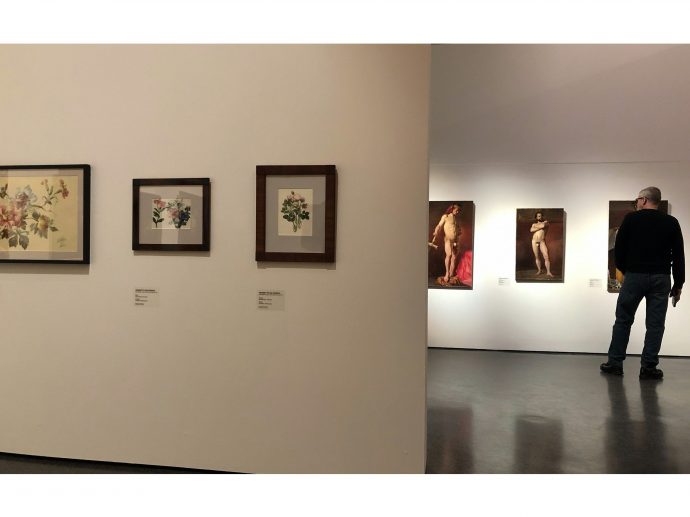Categories more
- Adventures (17)
- Arts / Collectables (15)
- Automotive (37)
- Aviation (11)
- Bath, Body, & Health (77)
- Children (6)
- Cigars / Spirits (32)
- Cuisine (16)
- Design/Architecture (22)
- Electronics (13)
- Entertainment (4)
- Event Planning (5)
- Fashion (46)
- Finance (9)
- Gifts / Misc (6)
- Home Decor (45)
- Jewelry (41)
- Pets (3)
- Philanthropy (1)
- Real Estate (16)
- Services (23)
- Sports / Golf (14)
- Vacation / Travel (60)
- Watches / Pens (15)
- Wines / Vines (24)
- Yachting / Boating (17)
Your A-Z Guide to Becoming a Luxury Art Collection Owner
Published
07/17/2024Luxury items stretch far beyond owning a large house and a limited-edition luxury watch. With a huge variety of possible attributes of wealth and exclusive status, you will definitely want to add a touch of elegance and taste to the collection of your assets. This is best done with the help of an exquisite fine art collection, which may decorate your premises and suggest a deeper dimension of your taste for beautiful, rare, and expensive things.
Yet, starting a collection from scratch may be burdensome, especially if you’re new to art overall. Here is a guide on taking the right direction and mastering the art industry to make informed choices and avoid wasting money on empty shells.
How to Pick Trendy Art for a Luxury Collection?
As soon as you start collecting art, you need to keep pace with the contemporary market’s heartbeat. Art is not only about beauty, after all, and you may perceive this project as a new investment category in your portfolio. It is important because you want to strike a good deal for your money and invest in art objects that are both beautiful and commercially viable.
Start attending top-tier museums, exhibitions, and fairs in your location and schedule trips to signature events in the art world, such as Art Basel, The European Fine Art Foundation’s (TEFAF) exhibitions and fairs, ARCOmardid, Masterpiece London, La Biennale Paris, and the like. You’re sure to embrace the spirit of trending art, get acquainted with the best art dealers and curators in Europe and the USA, and find the first gems in your collection. Stay alert to the news of the art world to identify the rising stars and recognize trends at their inception; this way, you will manage to buy exclusive art long before it skyrockets in price.
Which Collectibles Are Doomed to Grow in Value?
The sky is the limit when it comes to choosing art for your collection. In this aspect, we recommend following your passions and tastes, as the art industry is versatile. Some people become avid collectors of exclusive Orthodox icons; others long for exquisite pieces by Old Masters or prefer contemporary artwork of new voices in the art world.
The main rule for compiling a worthy collection is to be consistent. You need to study the branch of your interest to develop a more scoped approach to finding gems within your field of interest. To deepen your knowledge of luxury art collectibles, you can either attend a crash course in arts from a prestigious local art school or hire an art advisor who will provide individual consultation on the trending art schools and directions of the present day. Based on what you learn during your initial acquaintance with art, you may follow things that touch the strings of your heart, perplex you with numerous layers of allegorical meaning and visual appeal, and suggest a sustainable trend for this art field’s commercial value.
How to Store Art Safely?
As your collection grows and expands, you may indulge in themed displays of several signature works from time to time. For instance, you may enjoy viewing selected contemporary and street artists for one month and then rotating them with classical European artwork. Whatever approach you choose, you will surely need space to store the items that are not currently on display.
The storage should be carefully equipped to maintain a stable environment optimal for delicate art. If you’re new to the craft of art storage, you can always resort to the service of professionally organized storage facilities. Consider the Fine Art Shippers’ art storage in Upper Manhattan to see which conditions should be put in place to keep your art fully secure and intact from natural deterioration.















